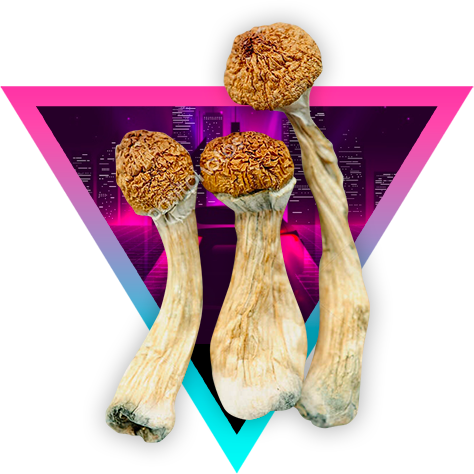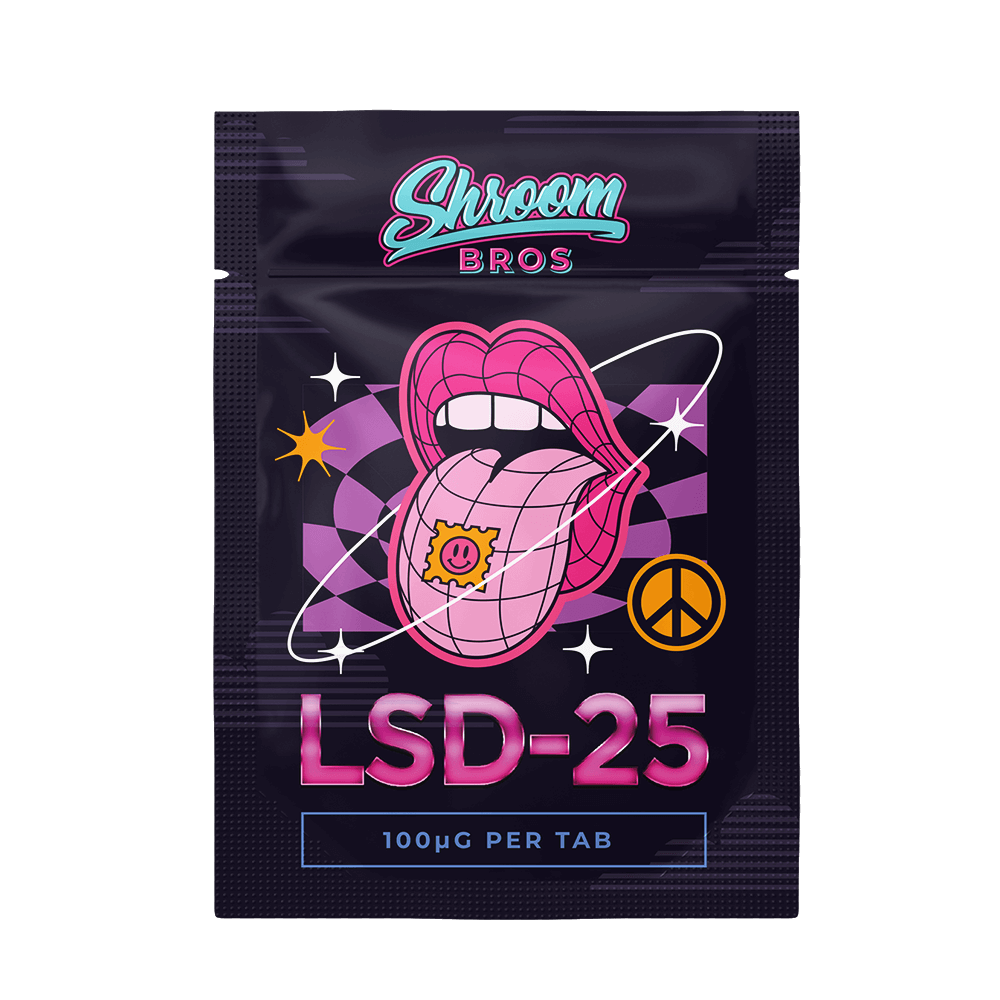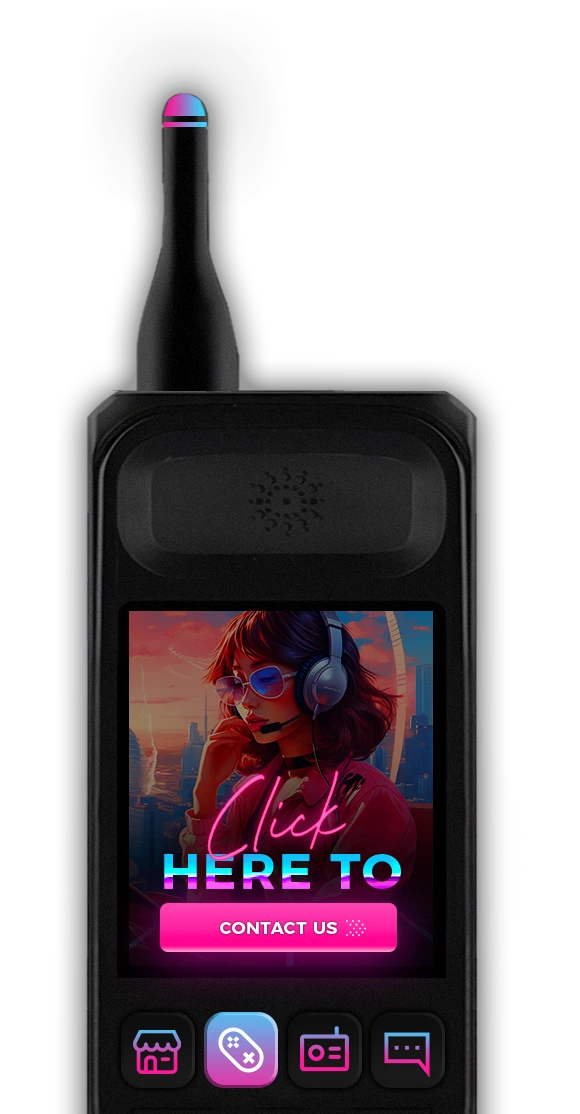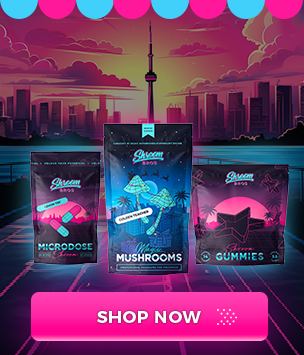LSD 100μg Tabs
What is LSD?
LSD, which stands for Lysergic Acid Diethylamide, is a powerful hallucinogenic drug that belongs to a class of substances known as psychedelics. It was first synthesized in the 1930s by Swiss chemist Albert Hofmann and gained popularity in the 1960s as a part of the counterculture movement. LSD is renowned for its ability to alter perception, mood, and consciousness, often leading to profound and intense hallucinations. It is derived from ergot, a fungus that grows on rye and other grains.
How do you take LSD?
LSD is typically consumed orally and can be found in various forms, such as blotter paper (small pieces of absorbent paper soaked in a liquid containing LSD), gel tabs, or liquid drops. The most common method of ingestion is by placing a small dose of LSD on blotter paper under the tongue or swallowing it. The drug is absorbed through the mucous membranes in the mouth and enters the bloodstream. The effects of LSD usually begin within 30-60 minutes after ingestion and can last for 8-12 hours.
Is LSD Safe?
The safety of LSD use is a subject of debate and controversy. While LSD itself is not considered physically addictive, and it does not lead to withdrawal symptoms like some other drugs, it can have a profound impact on one’s mental and emotional state. The safety of LSD largely depends on factors like dosage, individual susceptibility, and the setting in which it is taken.
LSD can induce a wide range of effects, both positive and negative. Positive effects may include altered perceptions, enhanced creativity, and a sense of interconnectedness. Negative effects can include anxiety, paranoia, hallucinogenic “bad trips,” and disorientation. In rare cases, LSD use can lead to lasting psychological effects, especially in individuals with a predisposition to mental health issues.
Additionally, the legality of LSD varies from country to country, and its use is generally illegal in many places. Unregulated and impure substances sold as LSD can also pose significant risks to users.
For these reasons, if someone is considering using LSD, it is crucial to exercise caution, be well-informed about its potential risks, and ideally do so under the supervision of experienced and responsible individuals, such as a therapist in a therapeutic setting.
How does LSD Compare with Psilocybin?
LSD and psilocybin are both psychedelics, but they have some differences in terms of their origins, effects, and legal status:
- Origin: LSD is a synthetic compound created in a laboratory, while psilocybin is a naturally occurring compound found in certain species of mushrooms, often referred to as “magic mushrooms.”
- Duration of Effects: LSD typically has a longer duration of effects, lasting 8-12 hours or more, whereas psilocybin’s effects usually last 4-6 hours.
- Intensity of Experience: LSD tends to produce more intense and visual hallucinations compared to psilocybin, which is often described as having a more dream-like or introspective quality.
- Legality: The legal status of these substances varies by country and region. In some places, both LSD and psilocybin are illegal, while in others, psilocybin-containing mushrooms may have a different legal status.
- Therapeutic Use: Both LSD and psilocybin have shown promise in clinical research for their potential therapeutic benefits. They are being studied for their effectiveness in treating conditions like depression, anxiety, and post-traumatic stress disorder (PTSD).

Customers
















